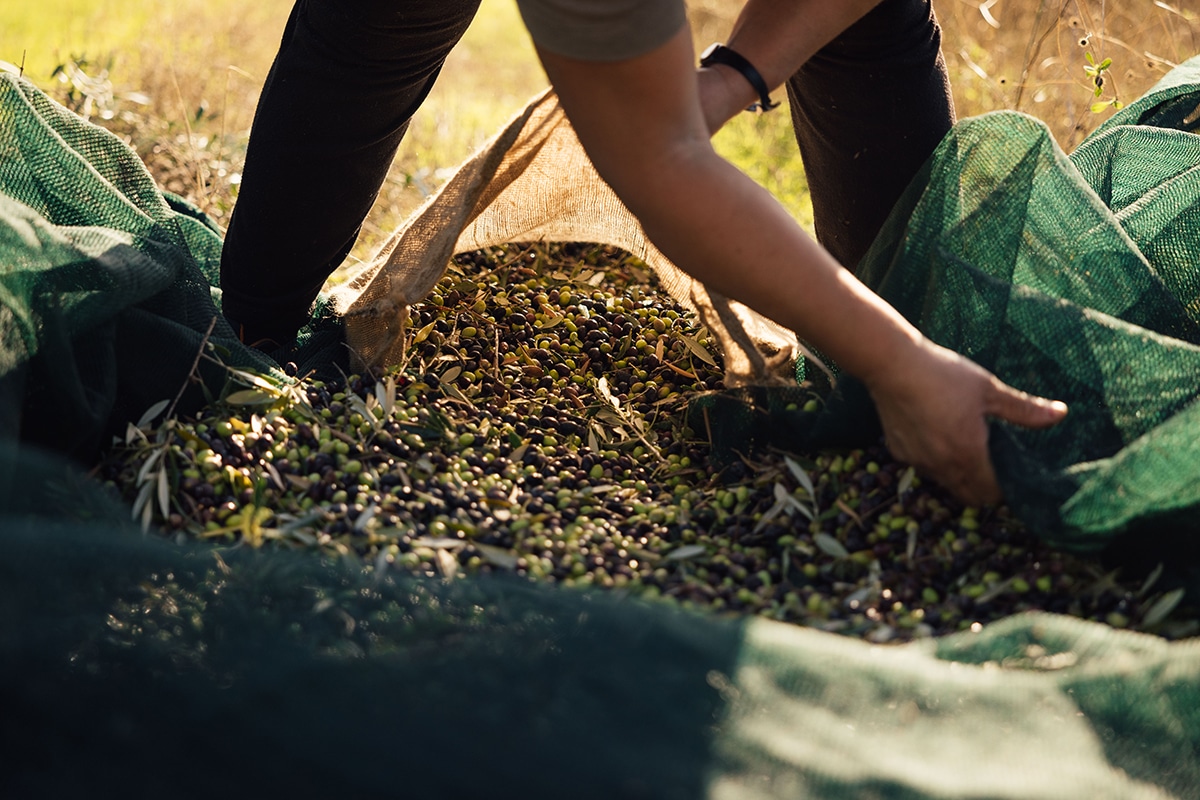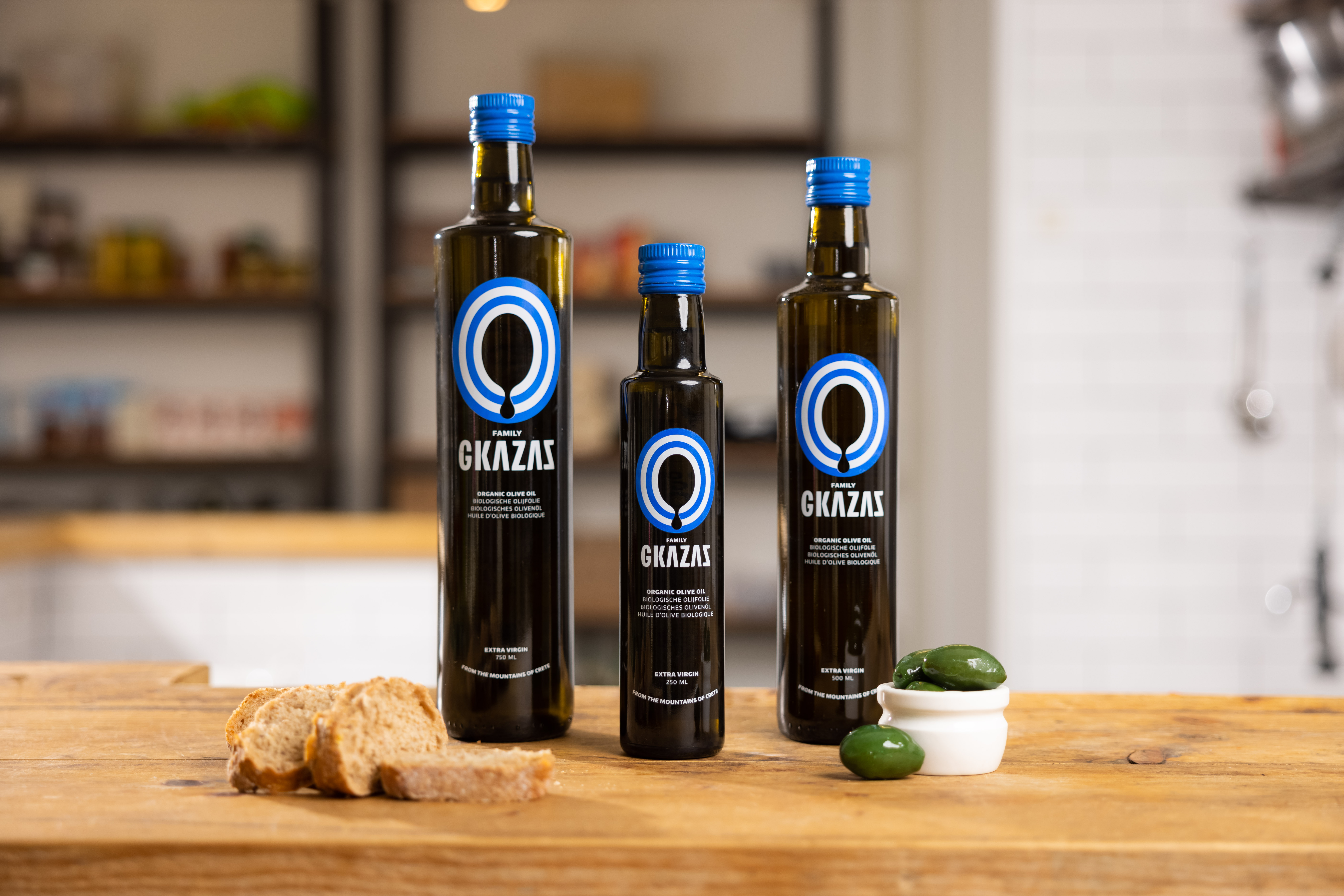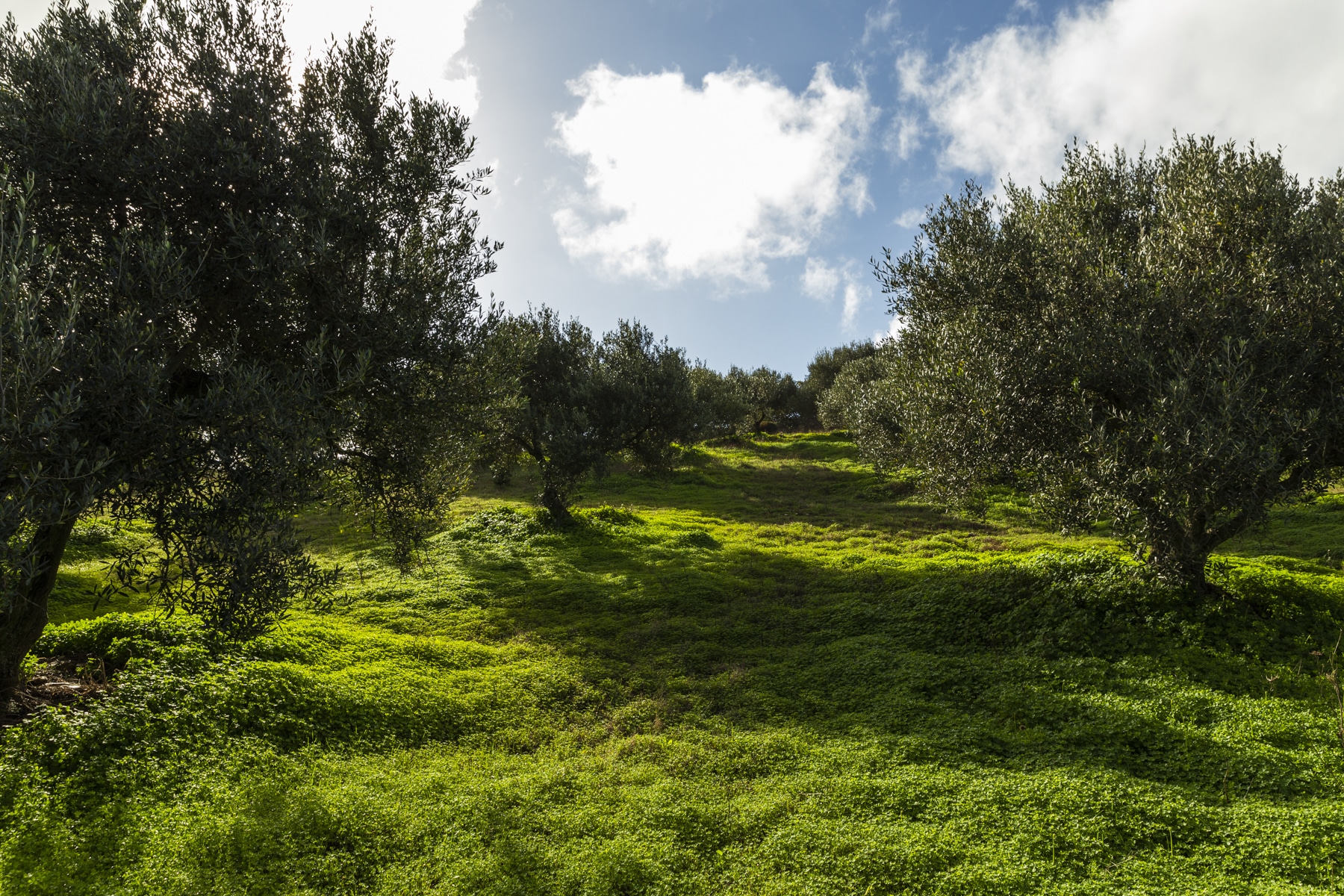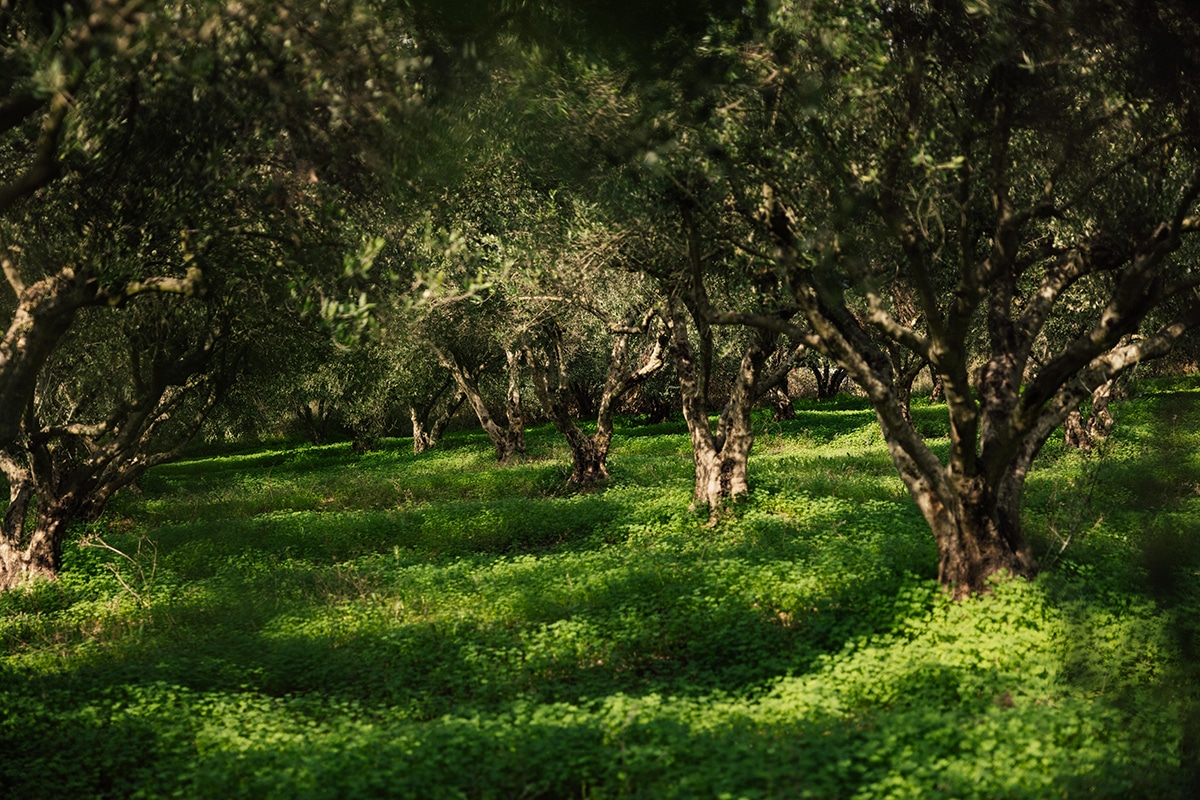There isn’t just one type of olive oil. In fact, there are four main types: olive oil, blended refined olive oil, pomace olive oil, and non-edible olive oil. To make things a bit more complex, each type can also be subdivided. But don’t worry—we’ll explain everything. Spoiler alert: extra virgin olive oil stands head and shoulders above the rest!
Acidity and defects
Did you know that the five most important regulatory bodies for olive oil are the Codex Alimentarius, the International Olive Council (IOC), the European Union, the United States Department of Agriculture (USDA), and Australian authorities? They’ve defined four types of olive oil based on acidity and a score across 12 possible defects that an olive oil can have. Let’s break it down!

Type 1 – olive oil
This first type refers to olive oil from the first pressing, only through mechanical means that do not alter the chemical composition of the oil. The olives used for this oil may only be washed, centrifuged, and filtered—no other treatments are allowed.
Category 1: extra virgin olive oil
Let’s start right at the top. This is the premium category, and Gkazas Olive Oil proudly belongs here. Olive oil from the first pressing (without heating), using mechanical presses only. The direct and cold pressing ensures that most nutrients are preserved and that the acidity remains below 0.8%. The median score for olive oil defects must be 0, and the median fruitiness score must be above 0. This results in a rich taste and an olive oil that retains all natural vitamins and minerals. Perfect for cold use on salads, but as we now know, also great for cooking and frying. In short: the elite of olive oils!
By the way: there’s an even more special kind of olive oil—organic extra virgin olive oil. The absolute king of olive oils. To be labelled organic olive oil, you must meet certain standards, like avoiding artificial fertilizers and pesticides, and fully tracing your olives’ origin. That’s an added quality guarantee, which results in more polyphenols and antioxidants. That’s why organic olive oil is better, and organic extra virgin olive oil is the best there is!

Category 2: virgin olive oil
We’re stepping down from the top tier now. The ‘non-extra’ version is simply called virgin olive oil, mainly due to its slightly higher acidity. This can be up to 2%, with a median olive oil defects score between 0 and 3.5, and a median fruitiness score above zero. While the goal is to maintain a natural flavour, colour, and aroma, this isn’t always achieved. It’s clear that this oil (often more cloudy) doesn’t match the extra virgin variety in flavour, aroma, nutrition, or quality.
Category 3: regular olive oil
Within this first type of olive oil, this is the lowest grade. The median defect score must be between 3.5 and 6, with a median fruitiness score above 0. This regular olive oil has a more neutral taste than the other two types and may even have an unpleasant flavour due to the defects.

Type 2 – blended, refined olive oil
Let’s move on to the second type of olive oil. It’s a mouthful: refined olive oil blended with first-press olive oil. On paper, this is a lower-quality type. Refining means removing “impurities” from the oil. This can be done naturally or through a series of chemical and/or physical processes, stripping the oil of flavour and aroma. This refined oil is then blended with other first-press olive oils to give it some flavour and make it safe for consumption.
Type 3 – pomace olive oil
This oil is produced by extracting oil from olives that have already been mechanically treated and/or from olive pulp. This can be done naturally, resulting in a higher quality product than when using chemical processes:
Category 1: pomace olive oil from olive by-products via natural methods
In this process, high-quality fresh pulp is heated to 60°C in a kettle. This releases about 8% of the pulp as raw pomace olive oil. The raw pomace olive oil must then be refined before becoming “edible” (learn more about refined olive oil and its health impact). To improve flavour, a blend of first-press or refined olive oil may be added.
Want to learn more about this oil type? We’re happy to explain what pomace olive oil is and whether pomace olive oil is healthy. Already convinced by this beautiful zero-waste oil? Discover where to buy pomace olive oil, for example at the supermarket like Albert Heijn or in containers of 1 litre or 5 litres.

Category 2: pomace olive oil from by-products using chemicals
The lowest grade of edible olive oil is pomace oil produced via chemical means. That is, by using solvents like hexane. This is often done with older, lower-quality pulp. This raw pomace olive oil must also be refined and blended with first-press or refined olive oil. The result has little remaining flavour or nutritional value—and the use of hexane raises health concerns.
Type 4 – olive oil not suitable for human consumption
There are four more categories of olive oil that are produced but not meant for human consumption. The production methods mean these oils lack good flavour and contain few to no nutrients. We’ll quickly summarise them.
Category 1: lampante olive oil
Lampante olive oil is of such poor quality that it’s inedible. It has an acidity above 3.3%, a defect median over 6, and a fruitiness median of 0. Painful fact: these oils are often refined and then mixed with others.
Category 2: refined olive oil
Refined olive oil involves removing “impurities” through chemical and physical processes. But this also removes nutrients and beneficial properties. It becomes tasteless, though it’s still used in products like canned sardines.
Category 3: raw pomace oil from natural by-product methods
Even lower on the ladder is raw pomace oil made from olive pulp using natural heat extraction at 60°C. This has already been covered above. On its own, this oil has a harsh taste and is not suitable for consumption.
Category 4: pomace olive oil extracted with hexane
At the very bottom is raw pomace oil from by-products extracted via chemical processes (hexane). This oil has a bad taste and is considered unhealthy due to the use of hexane.

Which olive oil should you use?
Now that you know the types of olive oil, which one should you actually use? At Gkazas Olive Oil, we use our organic, extra virgin olive oil for everything. It’s perfect in cold dishes like dressings, sauces, and with bread. The rich flavour and nutrients in your organic olive oil shine best this way. But it can also be heated up to 207°C, so it’s great for cooking and frying too. Just pour straight from the tin or bottle. And thanks to the antioxidants, it even helps your body absorb nutrients from other foods better!
Due to budget concerns or if you want to cook above 207°C, you could consider (blended) olive oils, which are more affordable and still contain some flavour and nutrients. These can also be heated to around 225°C.
Finally…
So, there are many types of olive oil. But there are also many different types of oils. What about those? We’ve got you covered with great articles on olive oil vs. canola oil, sunflower oil, and coconut oil. Now you can truly make the best oil choice! You’re welcome 🙂
















